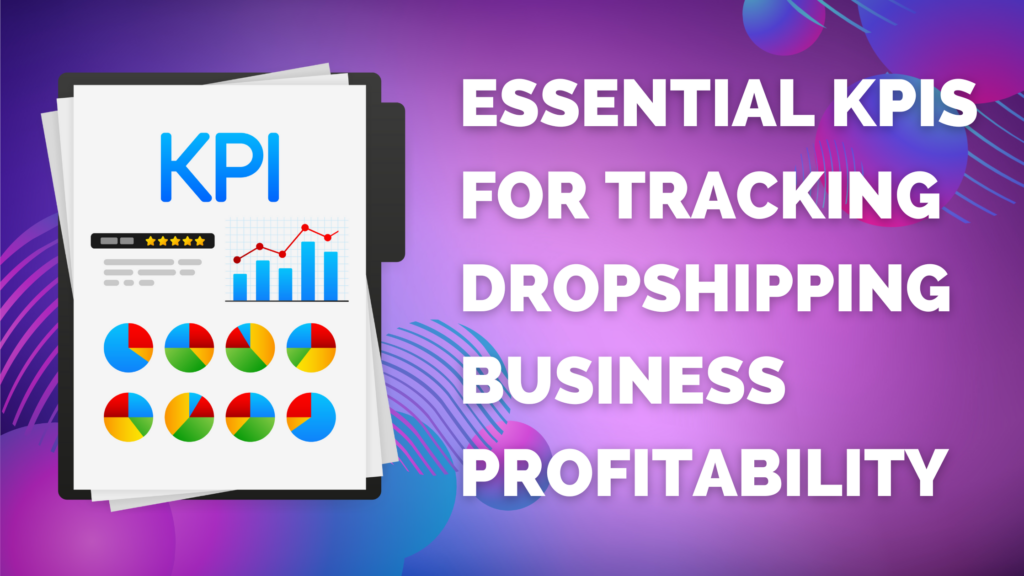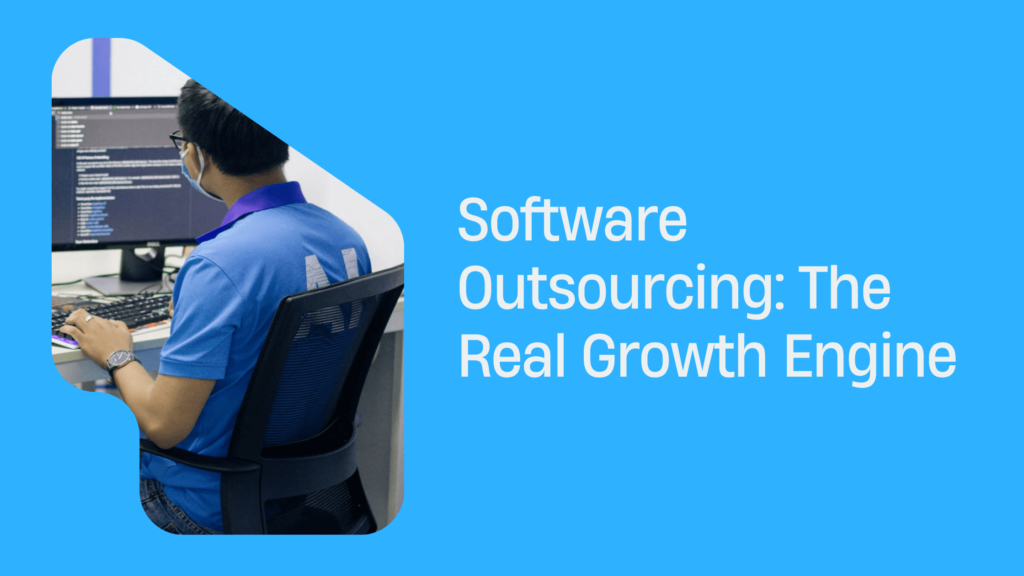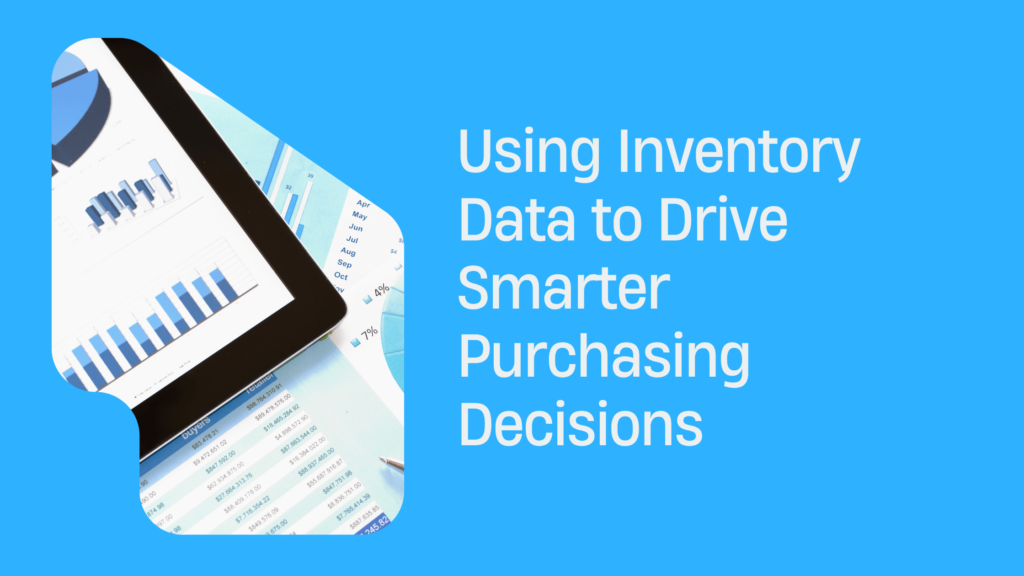Essential KPIs for Tracking Dropshipping Business Profitability
In dropshipping, precision isn’t just a buzzword – it’s your guide for winning. Forget gut feelings; it’s the solid, actionable data from Key Performance Indicators (KPIs) that gives you the real score.
This no-fluff guide breaks down the basics, turning KPIs from mere numbers to your secret weapon for smart decisions and stronger profits.
Ready to understand the metrics that will make or break your business? Let’s dive into the world of KPIs and map a route for clear success.
Understanding the Significance of KPIs in Dropshipping
In the competitive dropshipping industry, KPIs are critical tools that serve as indicators of your business’s performance.
They are measurable numbers that reflect the success factors of an e-commerce business.
By tracking KPIs, you can measure the efficiency of your operations and identify areas for improvement.
Defining Key Performance Indicators (KPIs)
Key Performance Indicators, or KPIs, are the specific metrics that you use to measure how well your business is doing. They are numbers that objectively show how well your company is achieving its goals.
For instance, if your goal is to increase sales, the KPI you may look at is the monthly revenue. This number will tell you exactly how much your business has sold within a specific period and whether or not your sales strategies are working.
The Role of KPIs in Dropshipping Success
KPIs are vital in the dropshipping business model because they provide an objective review of your company’s overall health. For example, if you were to examine the KPI for customer acquisition cost, you would understand how much you spend to get each new customer and whether you need to adjust your marketing strategies to improve profitability.
Optimizing KPIs can lead directly to improved profits. By analyzing your return rate, you can identify product quality issues or customer service problems that, once fixed, can decrease returns and increase customer satisfaction and sales.
There are numerous cases where closely monitoring KPIs has resulted in strategic improvements in dropshipping businesses. For instance, by analyzing sales volume and website traffic data, a dropshipper might realize that certain products perform better during specific times of the year, thus adjusting inventory and marketing efforts accordingly.
Continuous monitoring of KPIs allows for data-driven decision-making.
It enables you to respond to market trends, customer behavior, and operational efficiency in real-time.
This ongoing review ensures that your business can adapt swiftly to changes and maintain a competitive edge.
The Backbone of Dropshipping Profitability: Sales KPIs
To truly grasp the financial health of your dropshipping business, focusing on sales KPIs is essential. These metrics shed light on the effectiveness of your sales strategies and the resulting profitability of your operations.
Total Sales and Revenue Analysis
Accurately tracking and measuring total sales and revenue is fundamental.
Implementing reliable software that integrates with your e-commerce platform is the first step, ensuring that all financial transactions are captured.
But it’s not just about collecting data-it’s about analyzing it.
Looking into this data helps reveal patterns, such as which products are bestsellers and during which seasons sales peak.
These insights allow you to anticipate demand and stock accordingly.
Benchmarking is a strategic method for setting realistic sales goals.
By reviewing past performance, you can establish targets that are ambitious yet attainable.
For example, if you generated $50,000 in sales last quarter, you might aim for a 20% increase, setting your new target at $60,000.
Average Order Value (AOV) as a Revenue Driver
Calculating the Average Order Value (AOV) is straightforward: divide total revenue by the number of orders. This gives you an accurate picture of how much each customer spends per order.
If you notice your AOV is lower than desired, consider trying out pricing strategies or bundled offers to encourage higher spending per transaction.
Observations can be turned into actionable strategies.
For instance, customers with a high AOV might appreciate premium products or exclusive services.
Offering these customers special deals or loyalty rewards can enhance their shopping experience and encourage repeat business.
Mastering the Art of Conversion Rate Optimization
Conversion rate, the percentage of visitors who make a purchase, is influenced by various factors including website design, product descriptions, and promotional strategies.
To optimize this crucial KPI, assess the clarity of your messaging and the ease of navigation on your site. Trust is also a key element, so prominently displaying customer reviews and ensuring a secure checkout process are best practices.
Tracking conversion performance at every stage of the funnel is made possible through tools like Google Analytics.
These tools help identify areas where customers may be hesitating and allow you to make data-driven improvements.
Regularly refining your approach based on this feedback is a proven strategy for enhancing user experience and ultimately, boosting your conversion rates.
Cost Management KPIs: The Path to Efficiency
Efficiency in managing costs is as crucial as driving sales when it comes to profitability. Key Performance Indicators (KPIs) related to expenses help you streamline processes, cut down on wasteful spending, and improve your businesss bottom line.
Calculating Customer Acquisition Cost (CAC)
Customer Acquisition Cost (CAC) measures the total expense required to acquire a new customer. It includes costs like marketing and advertising spend, salaries of sales teams, and software used for marketing purposes.
The one-time CAC focuses on the cost to attract a customer to make their first purchase, while the full CAC averages out the cost over the customer’s entire relationship with the company.
To illustrate, imagine an e-commerce store spent $10,000 on marketing in a month and gained 100 new customers.
The one-time CAC would be $100 per customer. However, if those customers make multiple purchases over time, the full CAC may decrease, showing a more accurate cost of maintaining long-term customer relationships.
By analyzing CAC over time, you can pinpoint if your marketing spend isn’t bringing the expected number of new customers, signaling a need to reassess your strategies.
Implementing multi-touch attribution is a method to optimize marketing ROI effectively. By tracking and attributing the value of each customer interaction leading to a sale, you can allocate your budget towards the most effective channels and campaigns.
Navigating Cart Abandonment Rate
Cart abandonment is a common challenge in e-commerce.
The cart abandonment rate measures the percentage of shoppers who add items to their cart but do not complete the purchase.
By examining each step of the checkout process through funnel analysis, you can identify where customers are dropping off and address those specific issues.
For instance, if a high number of customers are leaving your site after encountering the shipping cost, this might be an area to reevaluate. Conducting A/B testing on various solutions, such as offering a discounted shipping rate or free shipping over a certain order amount, can reveal effective methods to reduce cart abandonment.
Furthermore, to re-engage customers who have abandoned their carts, you can set up retargeting campaigns.
These can include sending follow-up emails or displaying ads that remind customers of the items they left behind.
A practical example would be sending a discount code shortly after abandonment, which could incentivize the shopper to return and complete the purchase.
Evaluating Customer Value: Customer-Centric KPIs
Understanding how much each customer is worth is more than just good practice – it’s essential for targeting your marketing efforts and maximizing profits. Customer-centric KPIs give you the ability to tap into the potential of your customer base and extract the most value from it.
The Power of Customer Lifetime Value (CLV)
Customer Lifetime Value (CLV) is the total amount of money you can expect a customer to spend in your store throughout their relationship with your business.
This figure is critical as it helps you predict the future value of your customer base. With this prediction, you can focus your marketing resources on groups of customers who are most likely to be repeat buyers and spend more.
For example, by analyzing purchase histories, you might find a group of customers who purchased a particular type of product multiple times.
Marketing similar products to this group could encourage additional purchases, increasing their CLV.
To encourage customers who have only purchased once to buy again, you might implement follow-up emails or special discounts that cater to their interests and previous purchase behavior.
Gross Profit Margin as a Profitability Indicator
Gross Profit Margin is the percentage of sales revenue that remains after accounting for the cost of goods sold (COGS). This figure is critical for understanding how much of your sales are profit, after subtracting the direct costs associated with producing and selling your products.
To calculate Gross Profit Margin, subtract the COGS from your total sales, and then divide that number by your total sales. For instance, if you have sales of $100,000 and the products cost $65,000, your Gross Profit Margin would be ($100,000 – $65,000) / $100,000 = 35%.
Benchmarking your gross profit margin against industry standards and competitors gives you an indication of whether your pricing strategies are effective or if there’s room for improvement.
If your margins are lower than others in your market, you may need to consider strategies for improving them. This could include negotiating with suppliers for better prices on products, finding more cost-effective shipping options, or introducing bundle deals that encourage customers to purchase more at one time.
By maintaining a focus on these customer-centric KPIs, you can more accurately predict customer behavior and purchasing patterns, allowing you to adjust your business strategies effectively and ensure your dropshipping business remains profitable and competitive.
Leveraging Technology for KPI Tracking
Keeping a pulse on the health of a dropshipping business requires more than just intuition – it demands the precision that only technology can provide. KPI tracking technology equips businesses with the ability to monitor their progress with accuracy and ease.
Optimizing with InventorySource’s Automation Tools
InventorySource stands out as a platform that specializes in streamlining the KPI tracking process for dropshipping businesses.
Its tools are designed to automate the detailed tasks associated with order and inventory management. This automation translates into real-time updates, ensuring that inventory levels across various sales channels are always synchronized, thus preventing costly overselling errors.
By automating these processes, businesses can save considerable time that would otherwise be spent on manual updates and checks. This reduction in manual labor not only lowers the risk of errors but also reallocates valuable time to strategic business activities that can foster growth and profitability.
The Role of Advanced Analytics in Performance Measurement
While automation handles the operational side, advanced analytics tools tackle the strategic aspect by diving into the sea of data to pull out meaningful insights.
These tools are crucial for uncovering trends and patterns that might not be evident at first glance.
The use of advanced analytics becomes the foundation for making informed decisions that can shape the future direction of a business.
The ideal analytics stack for a business will depend on the specific KPIs that need monitoring.
For instance, if customer behavior is the focus, a robust CRM with analytics capabilities should be included in the stack.
If the aim is to understand traffic and user behavior on a website, then adding a tool like Google Analytics is beneficial.
The setup of these analytics tools typically involves creating data pipelines – a process that ensures the smooth flow of information from various sources to the analytics platform.
While the setup may require some initial configuration, such as API integrations, the long-term insights gained can offer a substantial competitive advantage by enabling businesses to act on concrete, data-driven intelligence.
By employing the combination of InventorySource’s automation capabilities and a carefully selected analytics suite, dropshipping businesses can utilize the full potential of technology to keep track of KPIs effectively, ensuring that their operations are as profitable and efficient as possible.
Implementing KPIs for Long-Term Business Growth
Solidifying a foundation for sustained growth in your dropshipping business hinges on the strategic implementation of KPIs.
These metrics serve as quantifiable measures that, when monitored and adjusted appropriately, inform the trajectory of your business’s expansion.
Setting and Adjusting KPI Targets
Establishing initial KPI targets should be a calculated process anchored in data.
Researching industry averages, examining historical sales data, and evaluating competitor benchmarks can provide a realistic starting point for your own KPIs.
For example, if industry data shows an average conversion rate of 3%, setting a baseline target slightly above this average, such as 3.5%, may be a challenging yet attainable goal.
However, the business landscape is dynamic, and flexibility in your targets is crucial.
Periodically reviewing and adjusting these benchmarks ensures they remain relevant and reflective of both market conditions and your business’s capabilities.
If you notice a consistent overperformance or underperformance in certain metrics, recalibrate your targets to maintain a balance between challenging your business and setting feasible objectives.
KPIs in Action: Strategies for Scaling Up
Using KPIs to guide the scaling of your business involves a layered approach to understanding how different metrics affect one another.
For instance, an increase in sales will likely impact inventory turnover and customer support requests.
Regularly examining these dependencies helps to predict needs and preemptively address potential issues.
Proactive capacity planning is a critical strategy for managing growth.
By forecasting future demand based on current sales trends, you can plan for the necessary inventory levels, optimize shipping strategies, and ensure you have the right amount of customer support staff to maintain service quality.
This forward-thinking approach allows you to keep pace with increasing order volumes without compromising on delivery times or customer satisfaction.
Finally, as your business scales, the complexity and volume of data you manage will grow.
It’s essential to map out enhancements to your data, reporting, and analytics tools to accommodate this growth.
Upgrading to more comprehensive software solutions, integrating advanced reporting features, and potentially hiring data analysts are steps that can prepare your business for the increased analytical demands of a larger operation.
By methodically implementing and refining KPI targets and by preparing your business’s infrastructure for growth, you can build a robust framework for sustainable expansion. This approach ensures that as your business grows, it does so with a clear understanding of its operational health and market position, informed by data-driven insights.
Last Words
Turn KPIs into profit by tracking sales, customer value, and efficiency.
Inventory Source’s automation tools will make your dropshipping business run smoother, saving time and reducing errors.
Take action now: add these tools to stay ahead of the competition and help your business grow.
The data shows the way – follow it with InventorySource’s technology and make informed choices that push your business forward.






